RabbitMQ-AMQP 简介
全称:Advanced Message Queuing Protocol
结构模型:
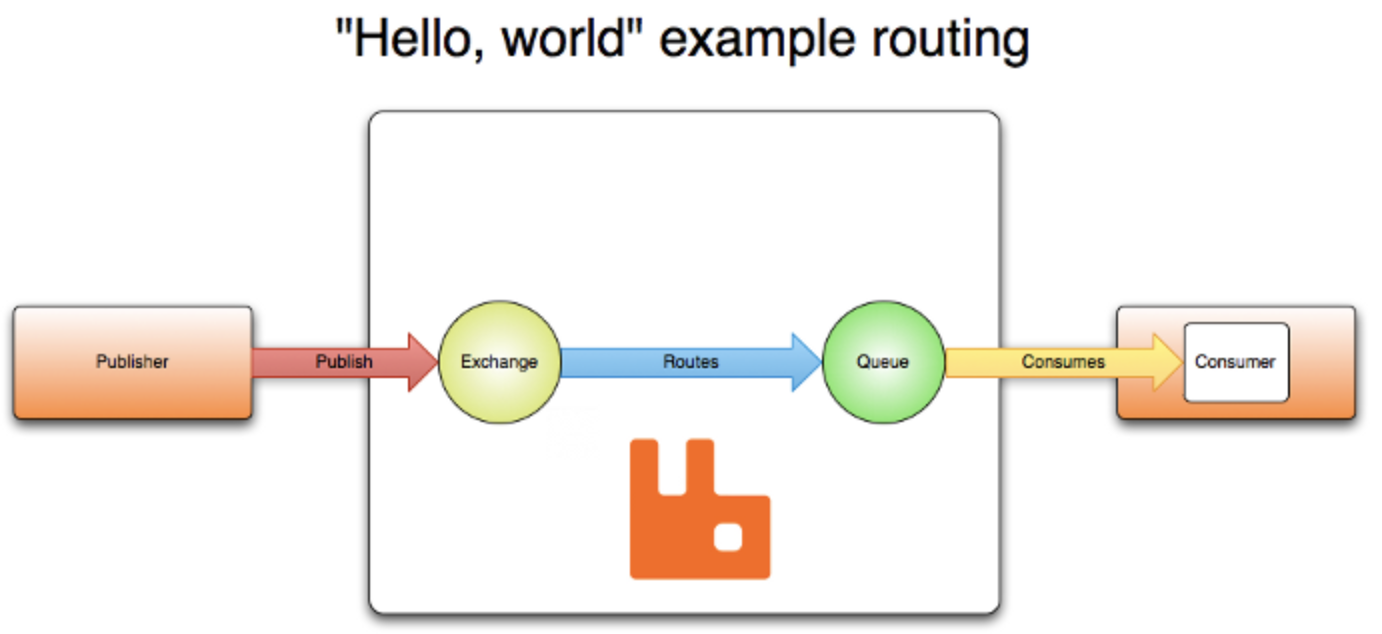
发布者:
Publisher: Produce and publish messages
交换机:

Direct Exchange:A direct exchange delivers messages to queues based on the message routing key.
Fanout Exchange:A fanout exchange routes messages to all of the queues that are bound to it and the routing key is ignored.
Topic Exchange: Topic exchanges route messages to one or many queues based on matching between a message routing key and the pattern that was used to bind a queue to an exchange.
Header Exchange:A headers exchange is designed for routing on multiple attributes that are more easily expressed as message headers than a routing key.
队列:
Queue: store messages that are consumed by applications.
消费者:
Consumer: Storing messages in queues is useless unless applications can consume them,there are two ways for applications to do this:
Subscribe to have messages delivered to them ("push API"): this is the recommended option
Polling ("pull API"): this way is highly inefficient and should be avoided in most cases
消息确认:
when should the broker remove messages from queues?
After broker sends a message to an application (using either basic.deliver or basic.get-ok method).
After the application sends back an acknowledgement (using the basic.ack method).
启动会话
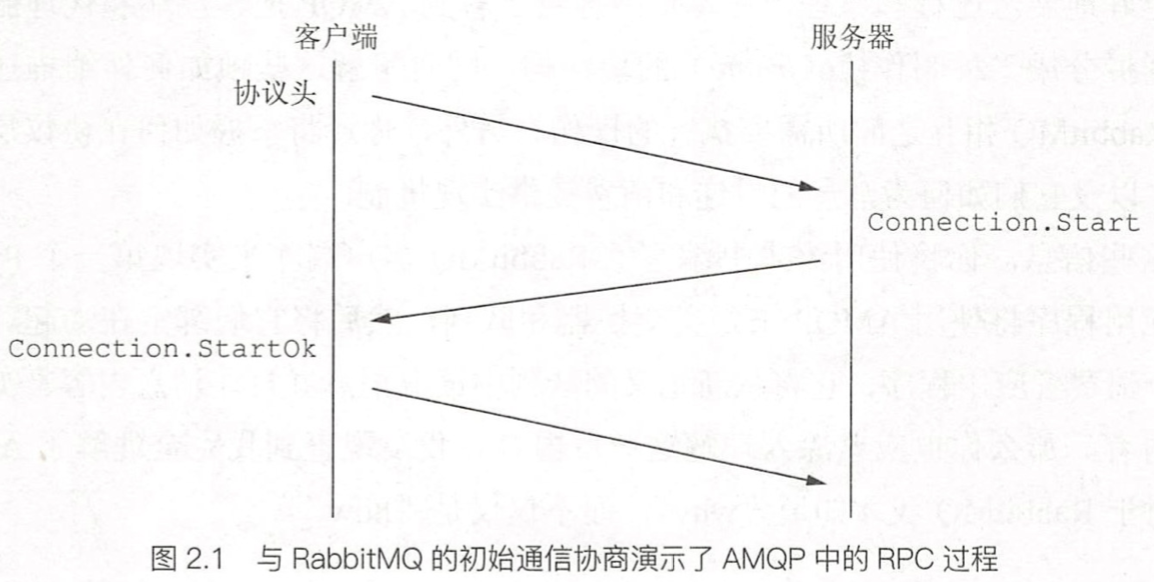
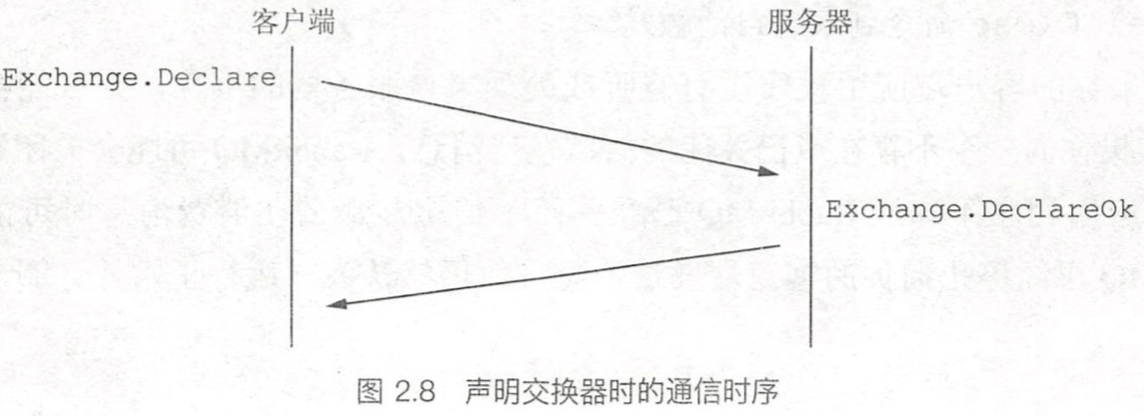
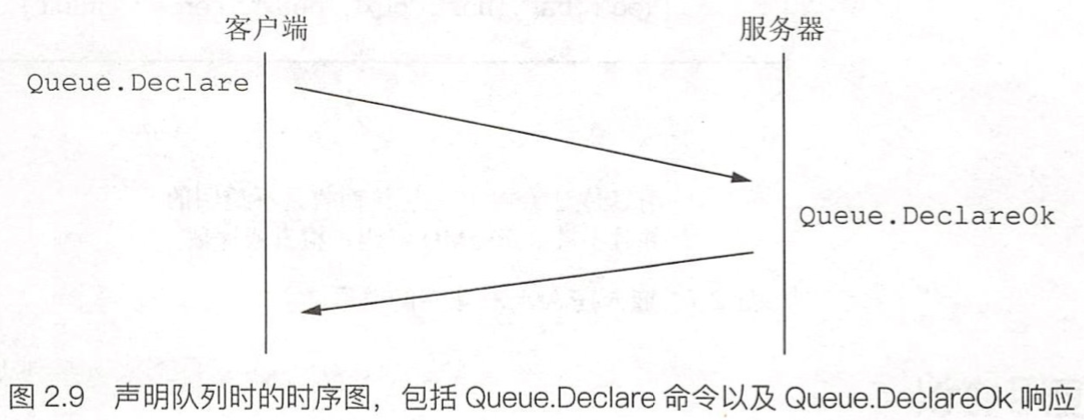


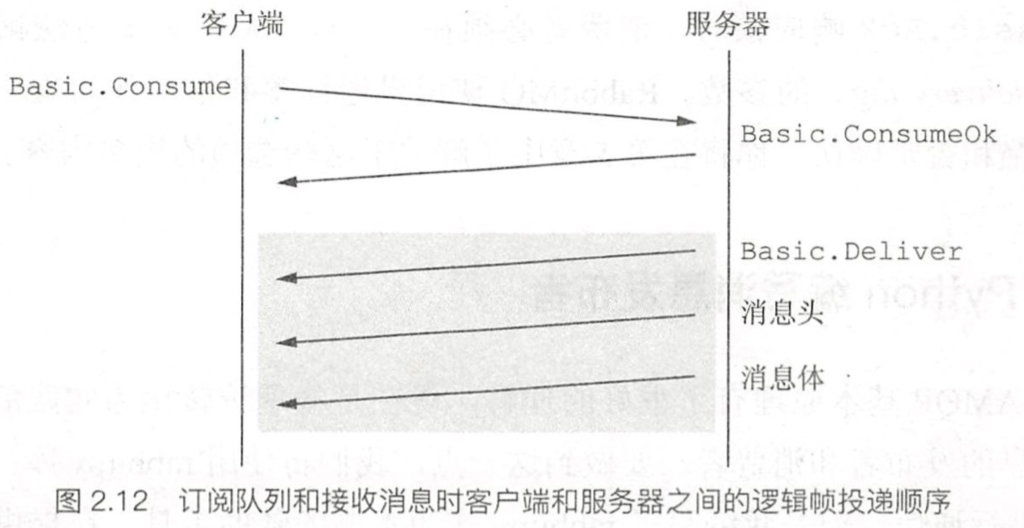
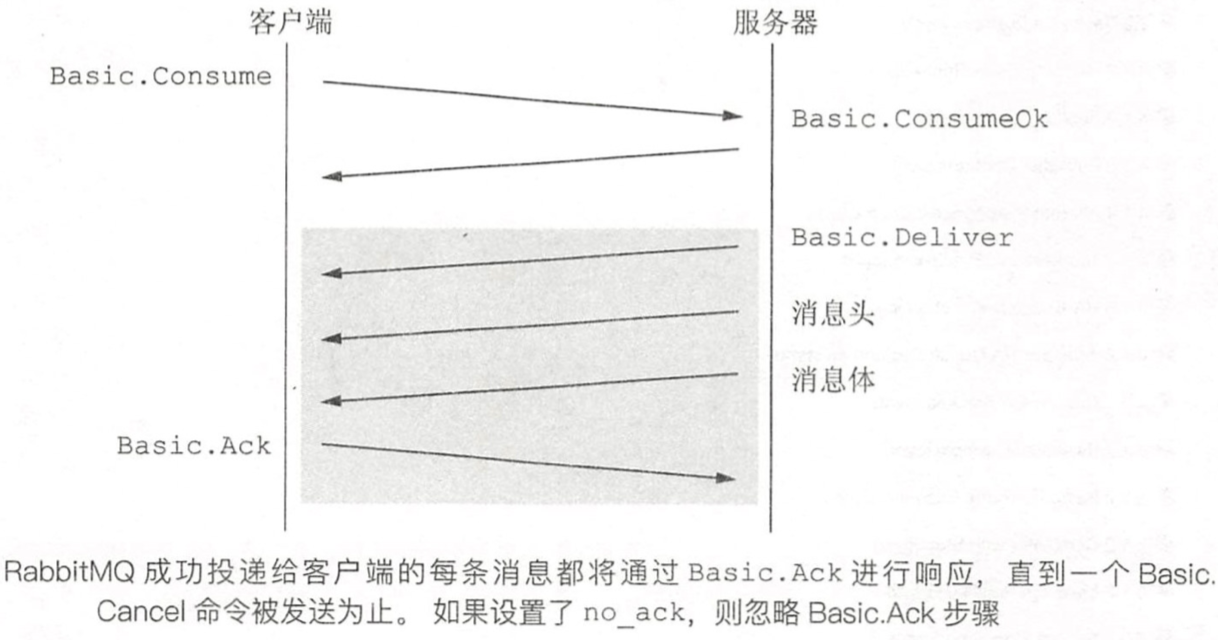
AMQP 使用类和方法在客户端和服务器之间创建公共语言,这些类和方法被称为 AMQP 命令( AMQPcommands)。
e.g.
Connection.Start 命令由两个组件组成 : AMQP 类(Class) 和方法 (Method)。

AMQP 帧构成:
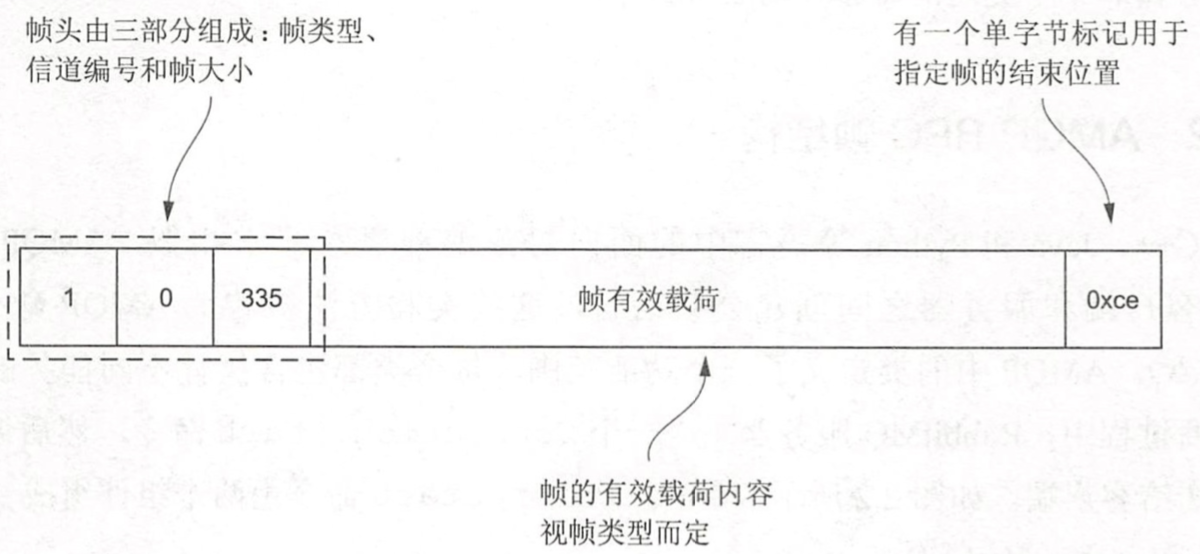
AMQP 规范定义了五种类型的帧 : 协议头帧、方法帧、内容头帧、消息体帧及心跳帧。
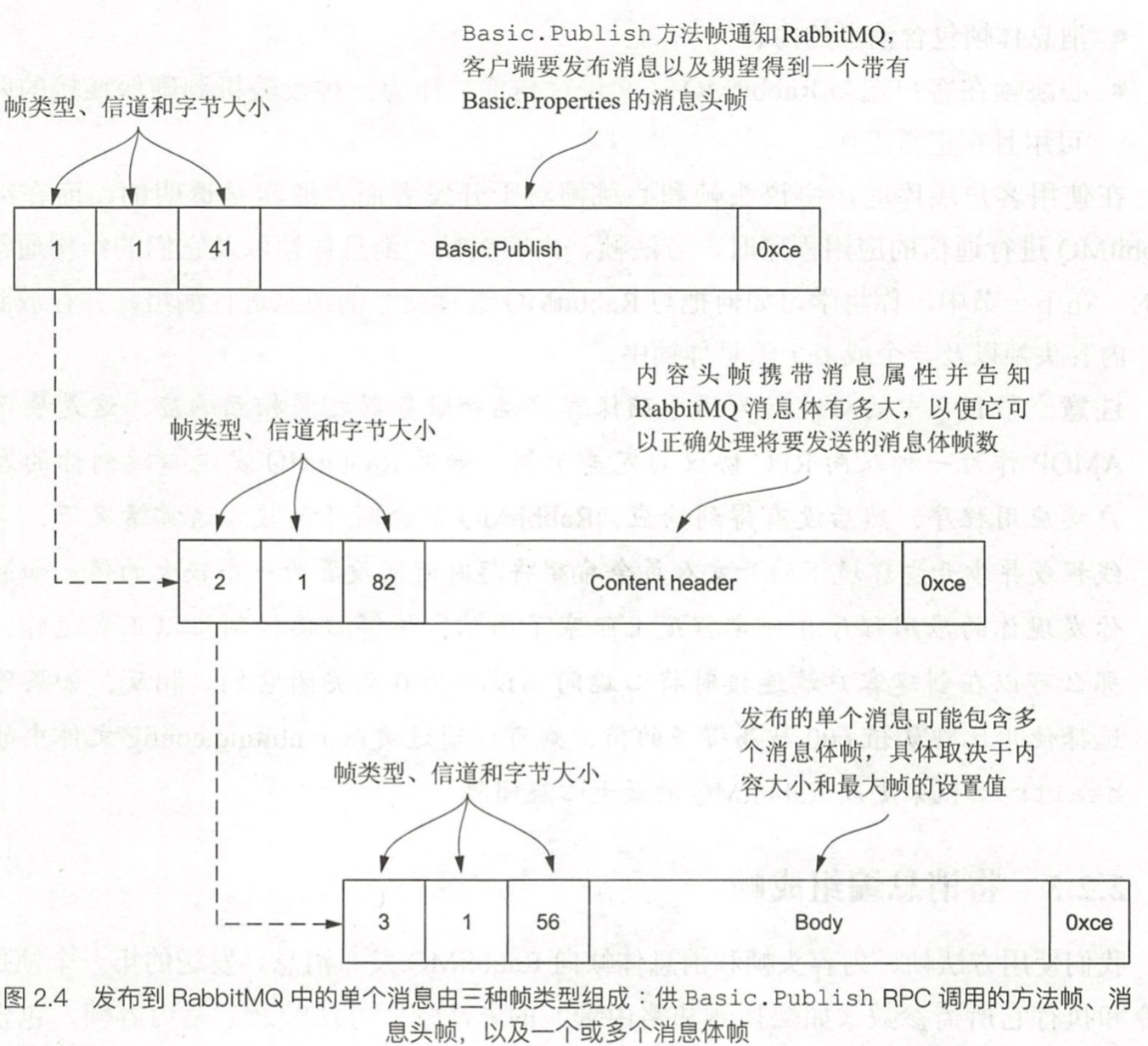
reference:https://www.rabbitmq.com/tutorials/amqp-concepts.html#amqp-model












评论